What is life like with a parrot, you ask, maybe even from the perspective of someone who doesn’t own the bird? It’s a question that many people want to know – for good reason. After all, these animals have a reputation for being difficult to live with due to their noise, mess-making capacity, and rampaging yearly hormones. Is all this as difficult as people say?
Here is an opinion from animal lover, photographer, and dog trainer Diane Stull (aka my mum), who has very limited experience with parrots – but suddenly has to live with them. Without further ado, Diane:
___
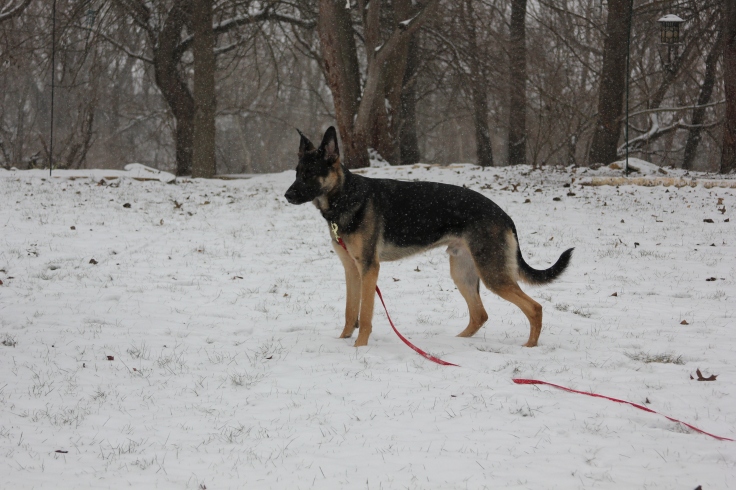
Parrot as a language is a great mystery to me—as a non-bird person with birds living under my roof, I’ve found that they are creatures very different to any other. I find this a little frustrating because in the grand scheme, I’m no newbie to the unspoken languages of companion animals. I “speak” dog, cat, and horse.
Learning to speak my domestic pets’ language:
I have had dogs since I was a kid, and over the years have learned how to be a good alpha. I’m not the Dog Whisperer, but I know that dogs like being led by their alphas, and are happiest when their people make those scary decisions of “safe” or “not safe.” This is their language. A tail wagging to the right signals happiness; exposing his or her belly shows submission. A dog who constantly licks its paws may have allergies, or an anxiety issue. Dogs who stand over you are usually being dominant.
I understand all this.
I’ve not had cats as long as dogs. It wasn’t until I got married that I was adopted by my first cat. He was a funny and loving creature. He taught me and my German Shepherd a lot. Because of him, I have acquired lots of words in cat.
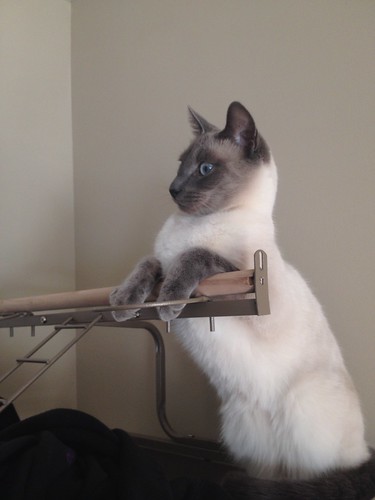
I know “feed me now!” and “pet me!” These were easy to divulge. But I also know “hey, don’t turn the page yet,” and “don’t ignore me when I’m speaking to you, human.” By a glance, I know when attention is going to be well-received, versus not. And I know what that glare with the steam coming out the ears means when I trim nails—and that isn’t fit for repeating in polite company.
Parrots, on the other hand, I don’t know so well. I had a couple of canaries as a young adult when I was still in school. They were loving birds who liked attention. I had to re-home them when I first went to work full time and couldn’t give them the attention that they deserved. Since then, all of my birds have been of the wild variety, which we attract to our yard with feeders and appropriate native plantings in the garden. I love watching them, but I don’t have to interact with them.
They just do what birds do in the wild.
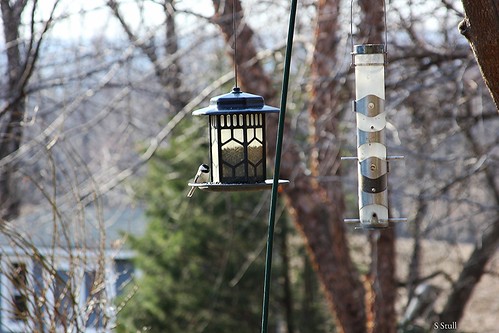
Then my daughter adopted parrots.
She lived on her own. Visiting with her flock was easy. I interacted with them via Skype. The intimidating beaks of the cockatoo and Senegal parrot were 3,500 miles away. During these electronic visits, I could laugh at their antics and marvel at each new word or phrase that they were perfecting. My daughter, Sarah, would talk about special foods, molts, and hormones—or show me her current batch of bruised bite marks.
These weren’t domestic animals. They had a wild side to them.
When we found out that she had to come home due to a law change in the UK, bringing two of the birds with her, I had serious doubts that I knew enough to make our time together a happy experience. Would I ever really learn how to interact with them? I will stick to cats and dog any day; they are so uncomplicated.

Fast forward to February 2014: The birds are home!
Day 1: After a massive road trip to New York State the day before, the birds are home and happy, and none the worse for wear.
I spend some time with them after Sarah wakes them. I’m clueless about the eye pinning and the body motions Maverick the Senegal is making. Is he just curious or is he telling me to back off? I quickly learn that beak bashing is an aggressive move, and to turn my back on him if he does something I don’t like. This back-turning maneuver isn’t natural to me. It’s not how you deal with aggression from a lower pack member. It’s such a change to go from pack mentality to flock mindset! We’re equals.
Sarah sets Mavi on my shoulder. I’m really uncomfortable with him there. He’s a good boy, but I realize just how big that Senegal beak is! I have Sarah move him back to her arm.
Little Ptak seems pretty unfazed by his new home. He’s very friendly and inquisitive. With a little coaxing, he is willing to come to my finger and check me out, walking up and down my arm. I like his size. And while I respect his beak, it doesn’t alarm me the way Mavi’s does.
The other animals in the house know something’s up. Koko Mau, our Siamese cat, is a bit miffed because he can’t sleep on Sarah’s bed now; thankfully, the dogs are oblivious to the noisy bird chatter coming from the newly appointed bird room. This is a pleasant surprise. The dogs are curious about the new smells, but they are not obsessing about it. We appear to be off to a positive start.

Day2: The birds eat as well as… if not better than… we do. Since coming home, Sarah has discovered that we own a food processor. She told me about the benefits of chop and grain bakes while still in Scotland. This is a new concept to me. I’m obviously and out of date when it comes to bird nutrition: Bird food = seeds. (She assures me this is an outdated view, but information changes all the time as we learn more.) Sarah has stuffed our refrigerator with good fruits and greens from the organic co-op, also raiding the deep freezer for some of our homegrown organic veggies.
OK, whatever. I’m just rolling with the flow here.
Day 3: Time for a reality check about food.
To my dismay, parrots waste a lot of food. I watch in horror as these bowls filled with lovely blackberries and freshly made chop are emptied to the bottom of the cages or splashed onto cage covers and freshly painted walls. Sarah tells me that this is normal, healthy behavior, akin to scattering seeds in the wild. I cannot watch, and leave the room.

* * * * * *
Day 10: Mavi’s starting to show hormonal behaviors. He doesn’t usually come out when there are visitors in the room—mainly to keep the bird newbies safe—but he will let me give him scritches through the bars if I ask him politely. I’m careful to avoid hitting his pin feathers. I found out today that he loves tearing up shoes and boots. What a mess this activity makes! The bottom of his cage and the floor beneath are horrifyingly messy.
Now that he’s settled, Sarah has been working with him on touching a stick on command. She calls it touch training. He used to do it in Scotland, but he’s getting a refresher after 30 days in isolation. The stick has proven useful when getting him back into his cage—without any fuss at all. Mavi has a will of his own.
* * * * * *
Present: The birds have now been home about six weeks. Sarah is in heaven. Her sister seems to have an inner parrot translator and has really taken to the birds. They like her, too.
Maverick is learning more words and sounds, and even practices using different voices. We love his little “Beaker” noise (as in The Muppets) and laugh hysterically when he meows just like our Siamese. We’re waiting for him to learn the dogs’ commands. He likes going places in his modified cat carrier. We ask him, “Adventure, Mavi?” and he jumps right in.
Ptak is 30 grams of energy. When he isn’t riding around on someone’s shoulder, he will sometimes sit on a perch and whisper “baby bird” to try and get your attention. And when is in a talkative mood, he will say “tickle, tickle” or “s’cuse me” and lift his wings when you gently shake him up and down. He seems to have a special call for Sarah, too, “Beep!” He wants her to answer with “Merp.” If she doesn’t, he will do it for her.
Me? I’m sort of the odd-man-out.
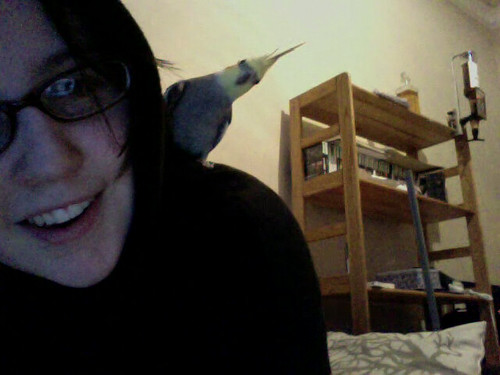
I talk to the birds, help a little with food or their UV lamp, and Ptak comes out to play with me—but I’m not really connecting with them yet. Don’t get me wrong. I like them. It’s just that I seem to always be one step behind in the communication process, and continually need someone to be my translator. Whereas I’m instinctively part of the pack and know what to do for the dogs, plus have an understanding with the cats, I’m in the dark about these birds.
Living with parrots isn’t easy. As a non-bird person living with parrots under my roof, I can tell you that they can be difficult for your average person—even an animal lover like me—to live with. The noise of even these small birds can be ear-splitting. They’re charming, yes, but sometimes unpredictable, especially in the spring. If you have a roommate or significant other living with you, think about whether you’re all on board for this kind of commitment.
Waste, mess, and noise are part of life with a parrot, right alongside the love and companionship you gain from keeping one.
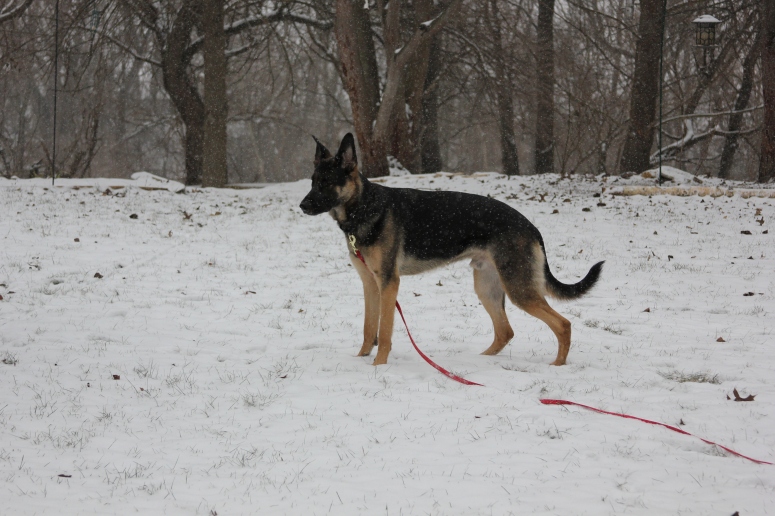
I love this and how your mom is another animal lover! She seems so educated with how dogs and cats convey messages and things. I also have had dogs and cats my whole life but wouldn’t consider myself an expert on how they think/interact with others. I am experienced with having parakeets and had them since I was little but not as many as the fur kids I have had.
I also couldn’t help but giggle imagining what it must be like for someone who is not used to having birds around then all of a sudden having a couple of big parrots flying around getting into things! Lol
Even with the challenges though, I know I would love living with parrots! I don’t mind noises, messes and stuff that comes along with the unconditional love of an animal friend.
LikeLike
LOL@ having to leave the room rather than watch all that good food go to waste. 🙂
LikeLike
I laughed too. She still doesn’t like that!
LikeLike
So true! Clyde bonded with me and disliked my wife and what started out as a commitment from both of us became an uneasy situation. Even though Quakers are small they pack one heck of a bite when they want to. In some ways I think that he and my wife were both uneasy with each other but he was more unpredictable. Makes for interesting nights on the sofa though when he had to sit in the middle!
LikeLike
I’ve heard that small bird bites are worse than bites from a big bird. Not sure if I agree (although some of my worst bites came from a cockatiel). I know that feeling of a bird loving one person and hating another. Luckily, my partner – who has been the recipient of more than one hormonal male parrot’s wrath – has been great at muddling through. He refuses to sit on the couch with our Senegal, though. Maverick regularly beats him up, haha!
LikeLike
I understand what your mom is going through. My husband loves all animals but he is a dog person. He speaks ‘dog’ and it took him about six months to understand that he was now part of a flock, not a pack, and that birds don’t come when you call them. Fortunately Charlie likes him and there’s no problem – as long as she gets her way!
LikeLike
Charlie sounds like a real character. 😀 I wouldn’t mess with any bird, but most especially not with a lovebird or parrotlet. Those little guys are the bossiest, hehe. I think my mum has just found that out.
LikeLike
I’m with your mom! I suck at reading parrot body language, it’s impressive to me whenever I see anyone interpreting for me. Dogs, even aggressive dogs, cats, Finches, Canaries, Societies, even my new Gouldians – they’re easy. But parrots.. they’re really complicated! 🙂 Loved this post.
LikeLike
What a great post. Thank you for sharing it. And every bit is so true. My B & G Macaw can challenge anyone to live with him, though I think he’s the best bird. And we share our home with other fur-kids who communicate so very different then he and I must communicate. It’s a wonderful kind of zoo.
LikeLike
Thanks – I will have to tell my mum you liked it! I think for a lot of people, ANY animal can be challenge, but to be honest (and I love my birds dearly) my flock can push even MY buttons, haha. I don’t mind, really, but they are not as easy to live with as a cat or dog.
LikeLike
I started this once and lost the page. Please make sure you know what you are doing now, know yourself now, perceive yourself and your life 10 or 20 years from now. A bird, I’m sorry, is not a toy. It is a commitment that can last 60 years. Maybe a parakeet, 3-15, but much longer the larger the bird is. So think, people. Don’t go and get sick, and depressed, and out of work, and divorced, and all the other crap we go through in 10 to 20 years of our lives and have to deal with an impulse buy you made and didn’t give any forethought to; now the little guy is used to you, loves you, and you are giving him your worst self. Don’t go there. I have all the above issues. I have an hour to myself in the a.m. before they get up where I take my meds, have my coffee, do a bit of photoshop etc., THEN when calm and relatively happy, I go care for my feathered clan. THINK. LOVE. ADAPT or have them adopted by someone who CAN think, love and adapt. Thanks. I have a site up called Kathys’ Best Exotic Bird Resources. It is old but some good info and even a lot of recipes for your birds are in those pages of this site here: http://www.freewebs.com/icu109. Give it a visit. If you want to bash, go ahead and email me. kfboulier@gmail.com. It will certainly add to my xanax load but maybe you will find a compassionate friend. Best, Kat
LikeLike
Hi, Kat, thanks for stopping by! I completely agree that owners must know themselves – and their lifestyle. I can’t guarantee where I’ll be in 20 years, but my birds will be with me if at all possible. I’ve had my birds for years, taking them across an ocean when circumstance forced me to move, and giving up a lot to keep them safe and happy. They will always come first in my life. Because I had to move home (back to the U.S. from the UK), my mum has found herself a part of my birds’ lives, hence this article. She is great with them, though. They adore her.
I do avian rescue work, and am planning to open my own sanctuary/rescue here in the U.S., inspired by the Island Parrot Sanctuary (where I volunteered in Scotland)! I started my blog because my first cockatiel was not what the Internet said. She had a lot of mental issues, but was also one of the most beloved parts of my life. After one nutty cockatiel, I ended up with three more parrots who needed homes – but it was carefully thought out.
I just want to do my part to ensure that cockatiels and other parrots everywhere get the respect they deserve. No animal is disposable, you’re 100% right – they are a huge commitment that can last a long time. All my animals have been adopted and given the best lives I can give them. Hopefully through my blog, I’ll also be able to help others improve the lives of their flocks!
Anyway, I love your site – can’t wait to check it out more. Thanks again for commenting!
LikeLike